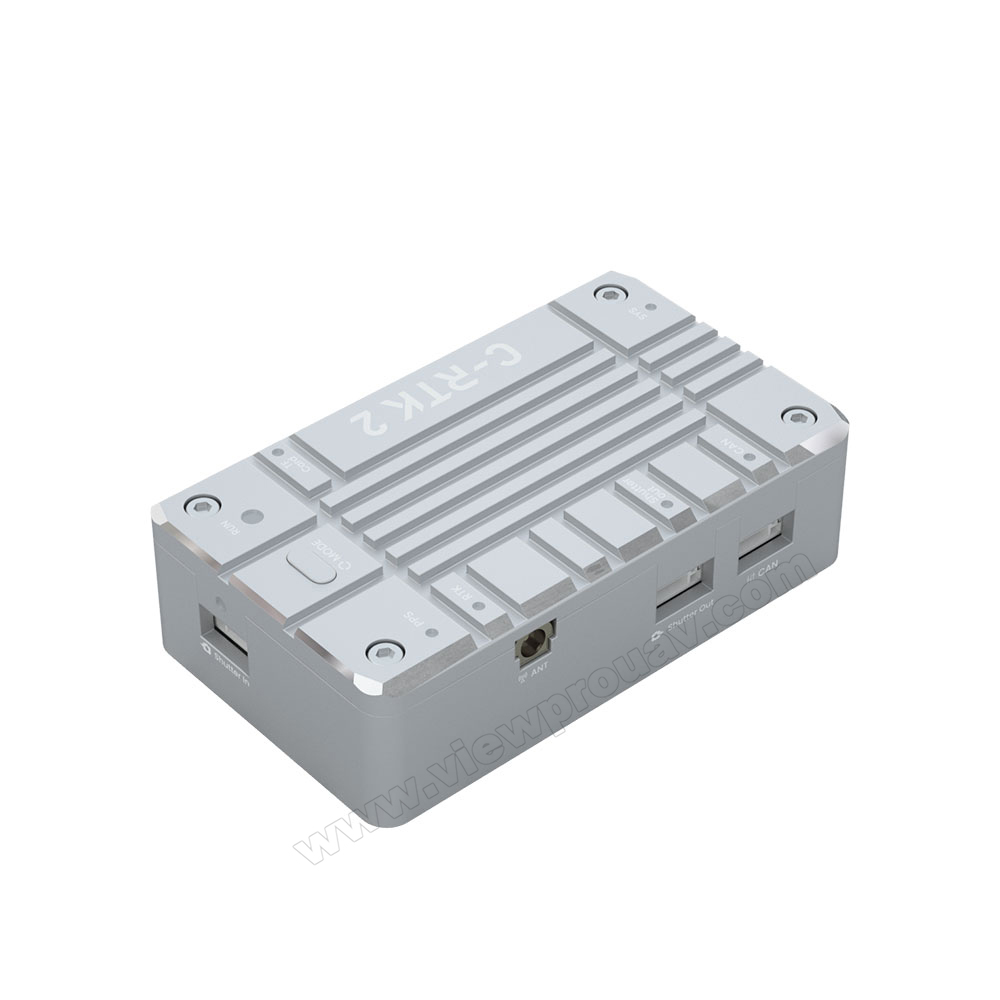SparkNavi Drone Flight Controller and GNSS/INS Made in Taiwan: Precision and Innovation
Wiki Article
Comprehending the Necessary Features and Features of a Drone Trip Controller for Optimum Airborne Efficiency
The trip controller serves as the pivotal element in a drone's architecture, coordinating its motions and guaranteeing stability with a sophisticated interaction of information and sensors handling. With developments in technology, the landscape of trip controllers is rapidly advancing, triggering a more detailed assessment of what genuinely specifies optimal performance in this critical system.Introduction of Flight Controllers
When exploring the world of drone technology, comprehending flight controllers is necessary for both specialists and hobbyists alike. Trip controllers function as the brain of the drone, managing its movements and making certain stability during trip (SparkNavi drone flight controller and GNSS/INS made in taiwan). They refine data from different sensing units, including accelerometers, gyroscopes, and barometers, to keep equilibrium and respond to pilot inputs successfullyThe style of flight controllers can vary substantially, varying from basic versions developed for entry-level drones to innovative systems equipped with sophisticated functions for specialist applications. The assimilation of GPS capabilities enables accurate navigation and positioning, while programmable firmware permits customers to tailor flight qualities to fit their certain demands.
In addition, trip controllers are pivotal in helping with communication between the drone and the push-button control, allowing real-time modifications and telemetry information transmission. Recognizing the various kinds of trip controllers, consisting of multi-rotor, fixed-wing, and crossbreed systems, is critical for picking the appropriate model for a given application. Eventually, a thorough understanding of trip controllers not just improves the flying experience however likewise maximizes the efficiency and safety and security of drone procedures.
Secret Functions of Flight Controllers
Flight controllers play a pivotal duty in taking care of a drone's trip dynamics by executing several vital features that guarantee stability and responsiveness. One of the primary features is the stabilization of the drone's orientation and elevation. This is accomplished with the integration of numerous sensing units, including gyroscopes, accelerometers, and measures, which constantly keep track of the drone's placement and motion..jpg)
One more important feature is the processing of control inputs from the pilot or independent systems. The trip controller translates these inputs and adjusts the drone's electric motor speeds appropriately to achieve the wanted flight course. This includes handling pitch, roll, and yaw, which are essential for maneuverability.
In addition, flight controllers are outfitted with secure mechanisms. These functions are made to respond to important situations, such as reduced battery degrees or loss of signal, by starting predefined activities like returning to the launch factor or floating in position.

Vital Features to Take Into Consideration
Many essential functions must be taken right into account when selecting a drone flight controller to make certain ideal efficiency and reliability. One essential element is the controller's handling power, which determines its capability to take care of complex flight formulas and real-time information handling. A higher processing ability boosts responsiveness and security throughout flight.Another crucial feature is the number of supported flight settings. A functional trip controller should offer different modes, consisting of acro, elevation hold, and GPS-assisted settings, satisfying various pilot ability levels and functional situations. In addition, the existence of built-in safety functions, such as fail-safes and geofencing, can dramatically enhance operational security.
Compatibility with various communication protocols is also important, as it makes sure smooth assimilation with other devices and peripherals, such as remote controllers and telemetry systems. The controller's firmware must be easy to use and on a regular basis upgraded to incorporate new features and optimizations.
Integration With Sensing Units and Equipments
A flight controller's performance is greatly affected by its capability to integrate with numerous sensing units and systems. This combination is essential as it enables the flight controller to obtain real-time data required for reliable trip administration. Key sensing units include GPS, inertial measurement systems (IMUs), barometers, and magnetometers, each giving essential details relating to the drone's alignment, altitude, and placement.
Furthermore, progressed flight controllers sustain combination with haul systems, consisting of cams and other sensing units, enabling boosted functionalities such as independent navigation and barrier avoidance. This interconnectedness not just enhances the drone's functional abilities but likewise broadens its application potential throughout numerous markets, from airborne photography to farming surveillance. Therefore, a well-integrated trip controller is fundamental for accomplishing optimum aerial efficiency and making sure the reliability of drone operations.
Tips for Optimizing Efficiency
To maximize the efficiency of your drone, several crucial techniques can be used that focus on enhancing both hardware and software application components. Make sure that the trip controller firmware is up to date.
Appropriate calibration decreases drift and enhances flight security, specifically during complicated maneuvers. High-grade propellers can decrease drag and boost trip time.
Tweak your flight settings, including PID (Symmetrical, Indispensable, Acquired) worths, to accomplish responsive and smooth handling. By applying these techniques, drone drivers can substantially improve aerial efficiency, leading to an extra efficient and enjoyable flying experience.
Verdict
In conclusion, an extensive understanding of drone trip controllers is necessary for enhancing airborne efficiency. By prioritizing these aspects, drivers can significantly raise the efficiency and reliability of their drone systems in diverse applications.Flight controllers offer as the mind of the drone, orchestrating its motions and ensuring stability throughout trip.Flight controllers play an essential duty in taking care of a drone's flight dynamics by carrying out numerous key functions that guarantee security and responsiveness. The trip controller interprets these inputs and readjusts the drone's motor rates accordingly to achieve the preferred flight path.Many crucial functions need to be taken right into description account when picking a drone trip controller to ensure ideal performance and reliability. Therefore, a well-integrated trip controller is fundamental for achieving optimal aerial performance and guaranteeing the integrity of drone operations.
Report this wiki page